|
Taking The Next Step When we became ready to expand the Kriemhild brand and develop another product we searched our stomachs for something unique but also something that echoed the qualities of our butter: high butterfat percentage, full fat, and grass-grazed. We settled on crème fraîche, our cultured heavy cream. To turn this dream into cultured cream, we needed the help of our second dairy co-packer: Sunrise Family Farms in Norwich, NY. Opened for business in 1999 by Dave and Susan Evans, Sunrise Family Farms collects milk from multiple dairy farms, organic and conventional, in the surrounding Chenango County area, processes, and packages it for over 10 different private dairy labels. Sunrise Family Farms is neither a large manufacturer, nor a tiny one. This mid-size operation makes it possible for them to serve national brands, and at the same time package for smaller local brands (like us!) allowing them to grow their production and diversify their product line. The creamery currently runs multiple shifts, 24 hours a day, and employs a team of more than 50 dedicated workers. Being familiar with their high-quality yogurts, and with their availability of local, grass-grazed cream, Sunrise Family Farms was our go-to for co-packing our crème fraîche. Getting Cultured The process for making crème fraîche is similar to making yogurt or sour cream, but even more simple. When the milk arrives to sunrise family farms, it is pasteurized at a high temperature, 161 degrees fahrenheit, for a short amount of time, 15 seconds. This technique, known as high temperature short time (HTST), is the most common method of pasteurization in the dairy industry. (It is a separate method from Ultra pasteurization (UHT), which holds milk at 280 degrees fahrenheit for 2 seconds or vat pasteurization which holds milk at 145 degrees for 30 minutes) After pasteurization, milk intended for crème fraîche production is held at 80 degrees fahrenheit. The cream is separated using a centrifugal cream separator, and the remaining skim milk is used to produce other products within the facility. The cream is moved to a vat, and a mix of cultures is added. The mix of cultures is different from yogurt. The main cultures in yogurt, Lactobacillus bulgaricus and Streptococcus thermophilus, are heat loving bacteria. Therefore, when making yogurt, the milk is fermented between 110 and 115 degrees fahrenheit. The cultures in crème fraîche include L. cremoris, L. lactis, and L. biovar diacetylactis, and often others. When these bacteria are added to cream, they consume the lactose, the sugar found in milk, and convert it into energy leaving lactic acid as a byproduct. The lactic acid decreases the pH of the cream, making it inhospitable to other competing bacteria that encourage spoilage, and changing the flavor. It is L. biovar diacetylactis, specifically, that produces the buttery flavor you know to be distinctive of crème fraîche. After the culture is added, the cultured cream is sent through a pipe into a rotary filler that fills and encloses individual tubs. As the units come off the filler they are brought to a well ventilated incubating room that is held at 80 degrees fahrenheit as the cream “sets”. As the pH decrease due to the increased production of lactic acid by the live bacteria, proteins in the cream begin to unfold. This process thickens the cream as it incubates from 12 to 18 hours before it is packaged, refrigerated, and then picked up by Kriemhild. Co-packers are essential to the dairy industry Even though you might buy a national brand, local co-packers can make it possible that the milk in your food is sourced from local farmers. For smaller businesses, like us, co-packers can be a significant stepping stone on the way to their own processing facility. Sunrise Family Farms, in particular, serves as an important outlet for a dairy rich region and provides jobs in an otherwise economically struggling area. As a fellow small business, we are proud to have Sunrise Family Farms as our co-packer. We both strive to support family dairies in our community.
1 Comment
3/20/2023 10:23:45 am
Hi there,
Reply
Leave a Reply. |
As the Butter Churns
Author: Ellen Fagan and Victoria PeilaCategories
All
Archives
November 2019
|
Where our HEart is
|
FOLLOW US |
what our customers are saying"Thank you! Even though I'm 5 hours away...I can't live without you. Got my shipment today.
#kriemhildbutterlove" -- Jennifer in Mystic, Connecticut |
Copyright 2020 © Kriemhild Dairy Farms, LLC

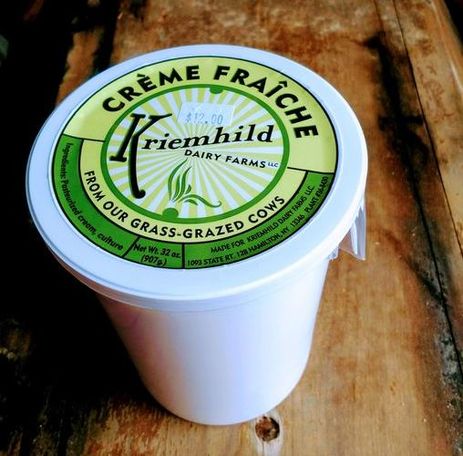
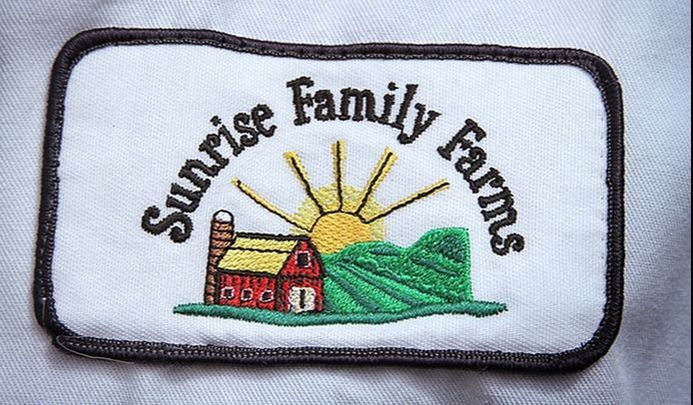
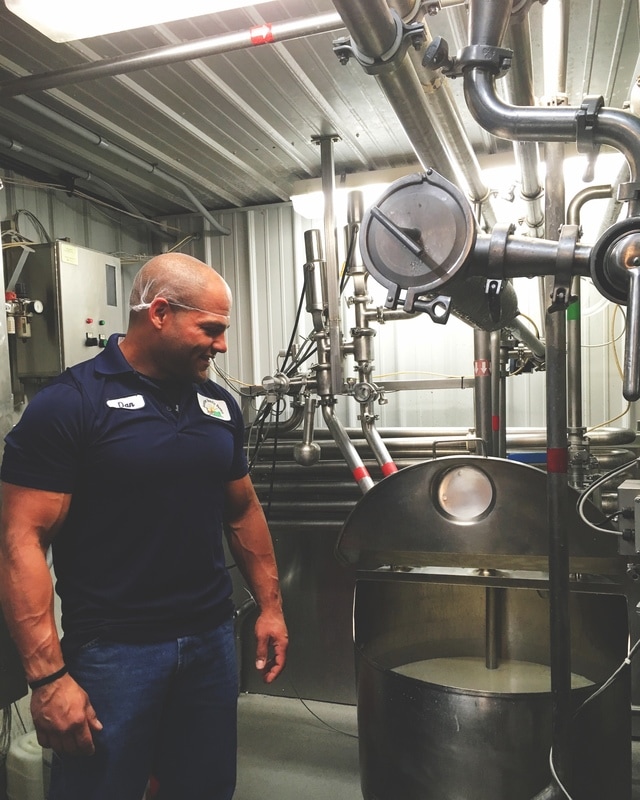
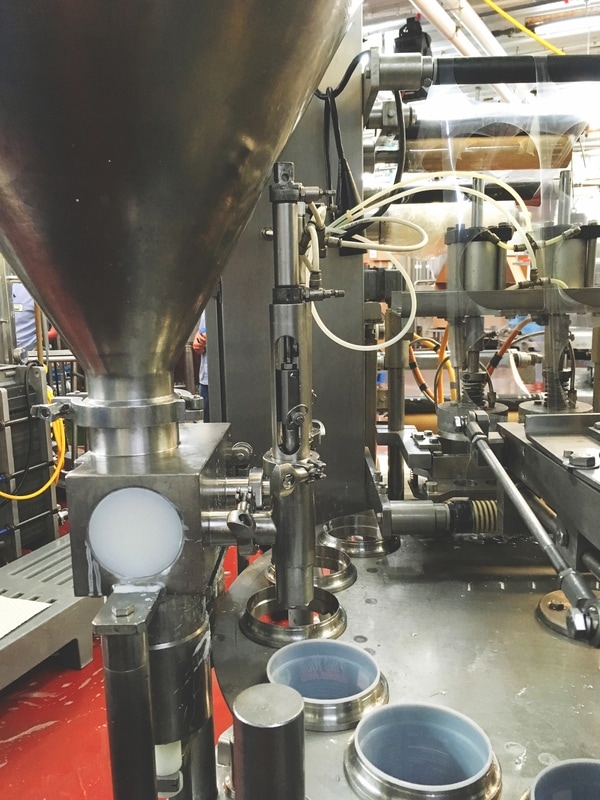

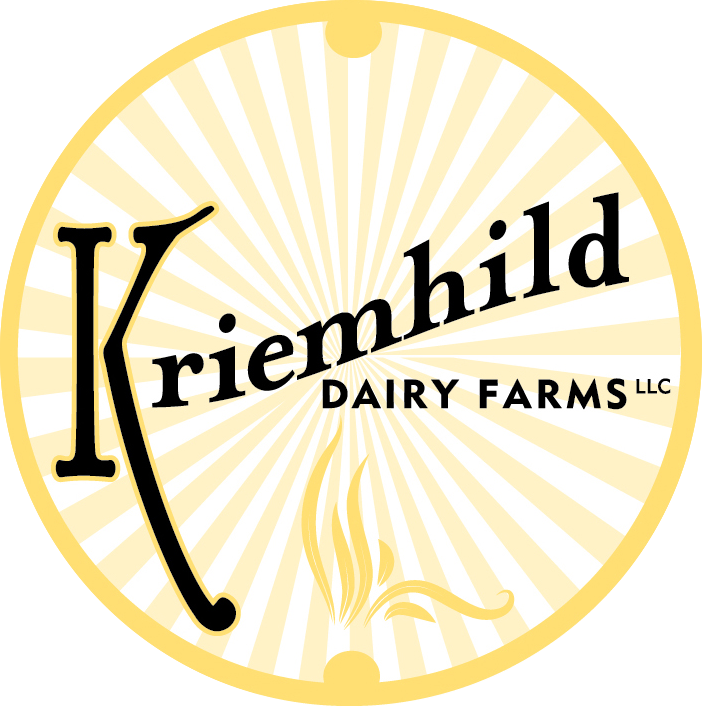
 RSS Feed
RSS Feed